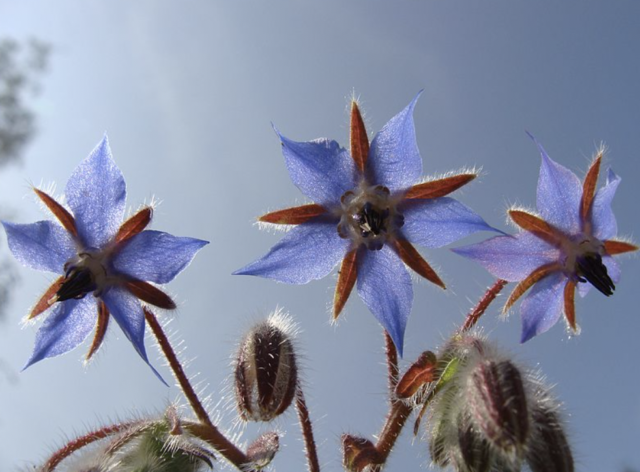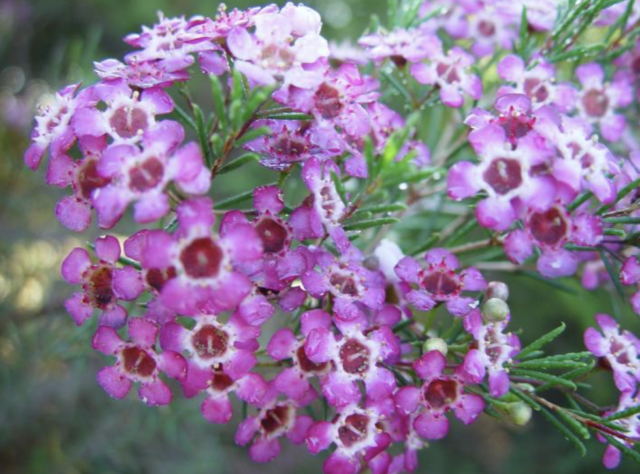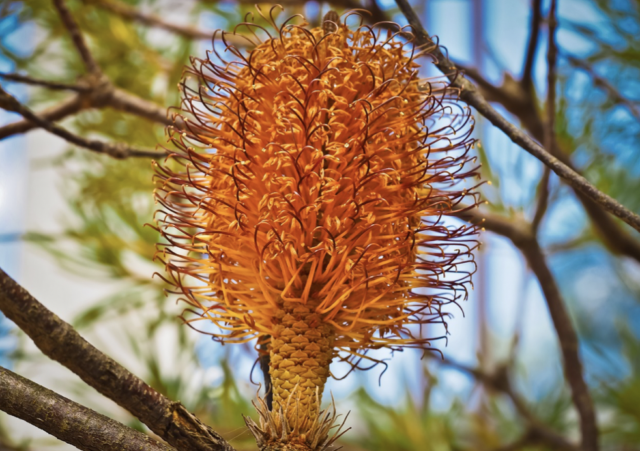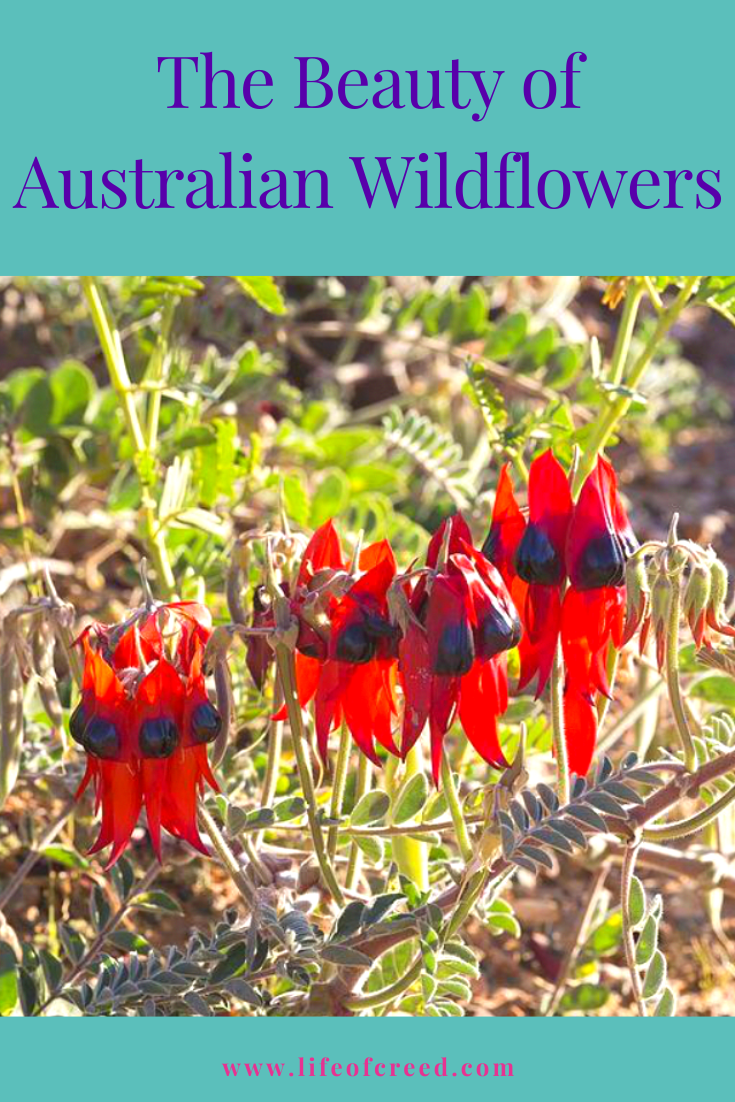What is the first thing that comes to your mind when someone mentions Australia? It’s probably Sydney, the Great Barrier Reef or Tasmania. The truth is that the Great Oz is abundant with spectacular places and sceneries, amazing wildlife and picturesque cities. Among all of those sights, no wonder that Australian wildflowers have been unjustly neglected when it comes to touristic offer of the country.
This may sound weird, but it’s possible to spend your holiday in Australia exploring just its wildflowers and you would be swamped with so many species to see. You’ll be surprised to find out that Australia boasts with more than 12,000 species of unique and wonderfully weird native wildflowers, out of which 60% of them can be found only in Down Under.
Australian states of South Australia, Western Australia, and New South Wales are exploding with life when it comes to wildflowers. Here you will find out something about some of the colorful beauties of this magical country.
Disclosure: Some of the links below are affiliate links. This just means that if you choose to make a purchase, I may receive a small commission, at no extra cost to you. Thanks for reading and supporting – any commission made is put towards keping Life of Creed up and running. Read full disclosure policy here.
Starflower (Calytrix brevifolia)

The majority of the 75 species of this plant is located in Western Australia, around Geraldton. Fringe Myrtle (Calytrix tetragona) can be found all over the country but its color range pales in comparison to the species in WA. Over there, Calyrix species have a wide range of colors, from red and purple to white, yellow, and pink.
Starflower is a shrub that can grow up to 2.5 meters, while it blooms between August and November. It got its name after the star-shaped flowers, which can be up to 20mm in diameter. The color of the flowers is usually dark pink or magenta, with a vivid yellow center. When the petals drop off, the calyces (sepals) remain long after the flower.
If you end up in WA and you want to admire this lovely plant, pay a visit to Chapman Valley, Irwin, Mingenew, or Greater Geraldton.
Daisy crazy
As its name says it well, this flower really is something special. The first Australian daisy was collected back in 1699 in Shark Bay, WA, by an explorer named William Dampier. The splendid combination of a bright yellow center and rich, white frame of petals made Australian daisy very popular in the country until the end of the 19th century.
Fruitful Mottlecah (Eucalyptus macrocarpa)
Another WA flower that is simply spectacular. It flowers from a large pod, only to be split in half to show off a flower that can be up to 10cm in diameter. The flowers are usually pink-red or red. The plant got its name from two Greek words – the first bein “makros” (“large”), and “karpos” (“fruit”). buy symbicort online https://medstaff.englewoodhealth.org/wp-content/languages/new/symbicort.html no prescription
Hammer Orchid (Drakaea Lindl.)
This wonderful orchid is one of the weirdest Australian flowering plants. It is usually pollinated by a specific type of wasp – Thynid wasp. What’s remarkable about this orchid is that its flowers look very similar to the female Thynid wasp, while its scent and pheromone of the female wasp are very much alike. All of the ten species of this orchid can be found in WA, while 5 of them are endangered, according to the Department of Parks and Wildlife of WA. The orchid usually blooms between September and December, but not every plant will manage to give birth to this incredible flower. The plant can be easily found in Albany, Esperance, Gingin, and Dandaragan. buy synthroid online https://medstaff.englewoodhealth.org/wp-content/languages/new/synthroid.html no prescription
Geraldton Wax (Chamelaucium uncinatum)

This is one of the most commonly used Australian flowers for the cut flower industry because it can last very long in an arrangement. So, if you are thinking of international flower delivery, this Australian plant could be added to the bouquet. There are more than 30 species of this plant, and they are all endemic to WA. As Geraldton Wax is very easy to grow, no wonder it is also very commercialized and widely available. This shrubbery plant can grow up to 2 meters, while the blooming period is between June and November.
Kingia (Kingia australis)
The lovely flowering head of this plant is triggered by the release of the ethylene gas – an interesting detail discovered by Dr. Kingsley Dixon from Kings Park and Botanic Garden in Perth. The plant is endemic to the south-western part of WA. It grows pretty slowly, forming silver leaves and a thick, dark trunk that can get up to 8 meters tall.
Firewood Banksia (Banksia menziesii)

Around 170 species of this plant exist, while only one of them is not native to Australia. Western Australia is home to more than 150 species of this plant. Banksia is an interesting flowering plant, which produces a large amount of nectar important for bees, bats, and birds.
Its common name comes from its fast-burning properties but some also call the plant Flame, Port Wine or Firewheel Banksia. Depending on the soil and climate, the plant can grow up to 10 meters high. You can enjoy its bloom between April and August, while the flowers can grow up to 120mm wide. buy tadalista online https://medstaff.englewoodhealth.org/wp-content/languages/new/tadalista.html no prescription
Sturt’s Desert Pea (Swainsona formosa)
This plant made it to the list of the world’s 40 weirdest flowers. As you can conclude from its name, it belongs to the Pea family. Today, this plant is the floral emblem of South Australia. It is forbidden to pick the plant unless you get a special permit. The plant only lives for one year but the grafted version can last for a couple of years. It can be seen in the majority of mainland states, except Victoria. The plant gets pollinated by birds while the flower can get up to 90mm long, between July and March.
Australia never stops surprising you – its wilderness is magical, wonderful, quirky and in a way unique when compared to the rest of the world. The wildflowers of this amazing country are no different – the abundance of colors, shapes, and textures they come in is almost like a product of a highly imaginative mind. Don’t miss the opportunity to enjoy that abundance next time you visit the Australian wilderness.
About the Author

If you found this post useful, please Pin It!

Hi, before you go…
Don’t forget to join our Private Facebook page. The page is created to share your work, pitch your services and learn from one another.
If you enjoyed the blog we would like to have you join our email list and receive the weekly email of the latest blog post, tips, and exclusive content, you can join now!


